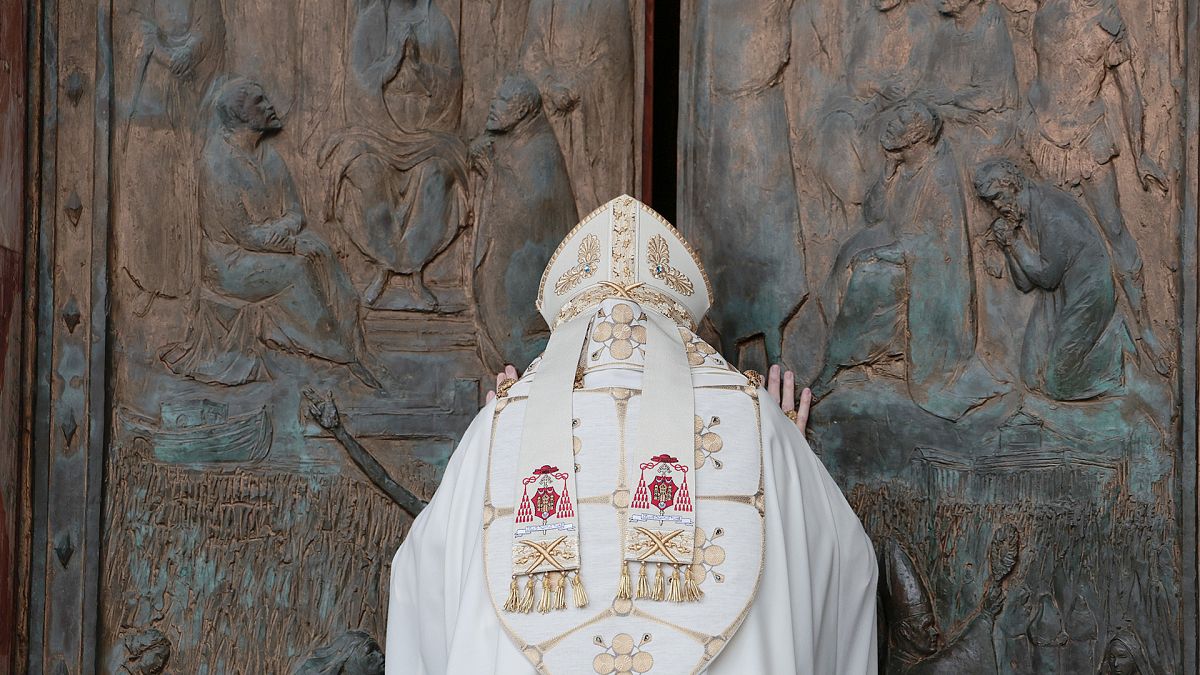A final report by the Transport Accident Investigation Commission (TAIC) into a collision between a ferry and a recreational boat in the Bay of Islands last year has highlighted the importance of safety management systems that are fit for purpose.
The Waitere — known locally as the Blue Ferry — was carrying 19 passengers from Russell to Paihia when it was struck by the 9.8m powerboat Onepoto near Russell on April 13, 2023.
The bow of the Onepoto caused catastrophic damage to the Waitere after penetrating its wheelhouse, seriously injuring the ferry master and causing the vessel to sink.
Some of the Waitere’s passengers were also injured in the collision, including one who went overboard.
The Onepoto sustained some damage, but its skipper and passenger were uninjured.
The powerboat’s skipper, James Thomson, said he had been distracted by an engine alarm sounding near the helm and failed to see the Waitere approaching in his starboard side.
He pleaded guilty to one charge under the Maritime Transport Act 1994 for operating the Onepoto in a manner that caused unnecessary danger on June 17 this year.
Thomson was ordered to pay a total of $131,200 to victims of the incident — made up of emotional harm reparation totalling $128,000 and a consequential loss reparation of $3200.
TAIC chief investigator of accidents Naveen Kozhuppakalam said the report, released today, identified possible risks to passengers which had been overlooked by the ferry operator.
It included the “risk of the sole-charge master being incapacitated — which was an unfortunate consequence of this accident”, he said.
Kozhuppakalam said the Waitere’s safety plan also failed to “detail watchkeeping procedures and keeping a good lookout, and it contained ambiguous, irrelevant and inaccurate information”.
The report also noted that regulator Maritime NZ did not detect the problems prior to the incident. It has since renewed its focus and engaged with operators on a deeper level on certification and auditing of Maritime Transport Operator Plans.
It also highlighted how the failure to observe good watch-keeping practice on both vessels led to the collision.
“Every skipper is human, and no skipper can be sure everything is fine on another vessel. When vessels are getting closer, regardless of who should give way, both skippers must look, listen, and think about risk of collision. They must keep doing that until both vessels are getting further apart,” Kozhuppakalam said.
“Almost certainly, neither skipper kept a proper watch. Both did eventually see the other vessel, but too late to take avoiding action.”
He added that a “crossing situation” meant that the Onepoto, which had been heading north at about 20.5 knots, should have given way to the Waitere, which had been travelling at about 6 knots on the right of the powerboat.
Speed also played a “crucial part” in the incident, he said, noting that skippers should ensure they have enough time to keep track of the risks and act accordingly.
The Commission concluded that while it is “important to attend to an engine alarm, but it’s more important to avoid a collision”.
“If Onepoto’s speed had been appropriately slower, it’s very likely the collision would have been avoided or its consequences diminished.”
The Commission said new recommendations on the issue of watchkeeping was unnecessary, as Maritime NZ “engages in sufficient promotion of good watchkeeping and lookout practices via safety audits, guidance publications, and prosecuting where the rules are breached”.











